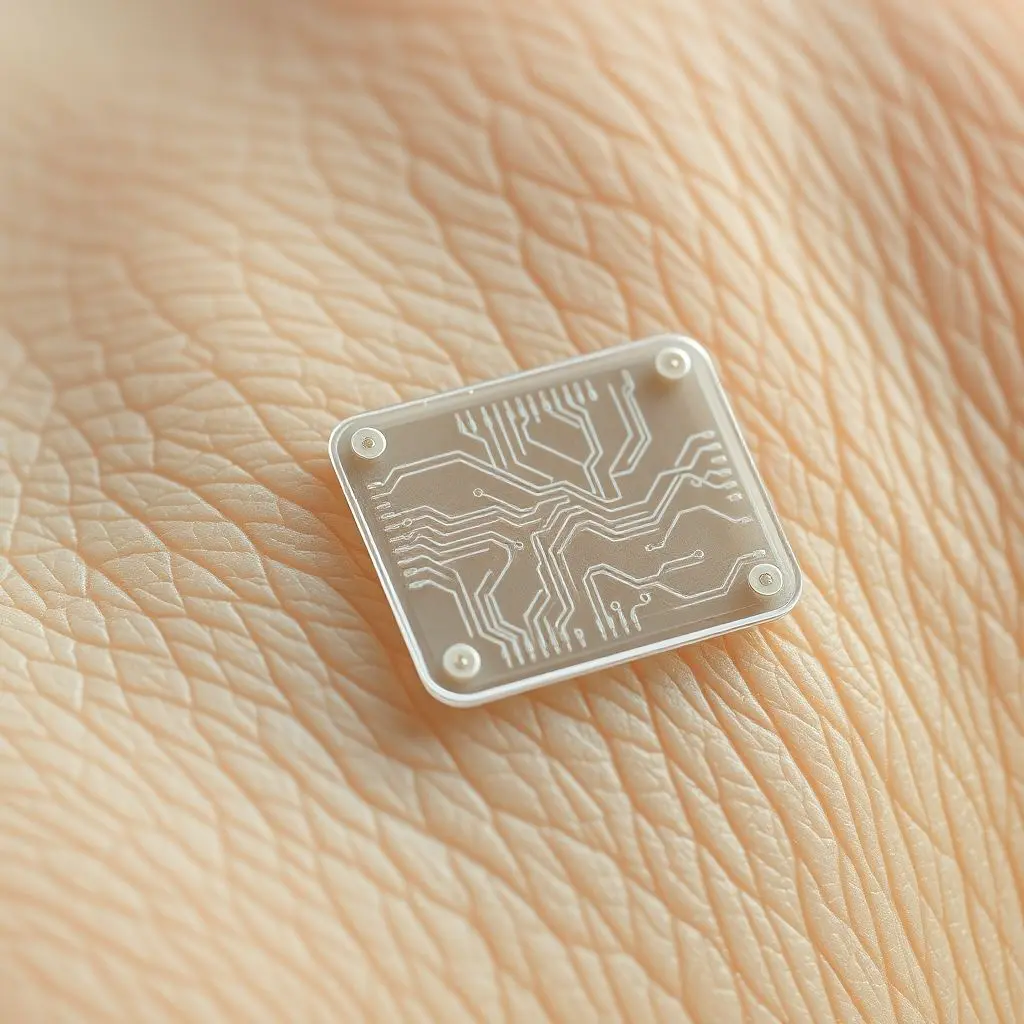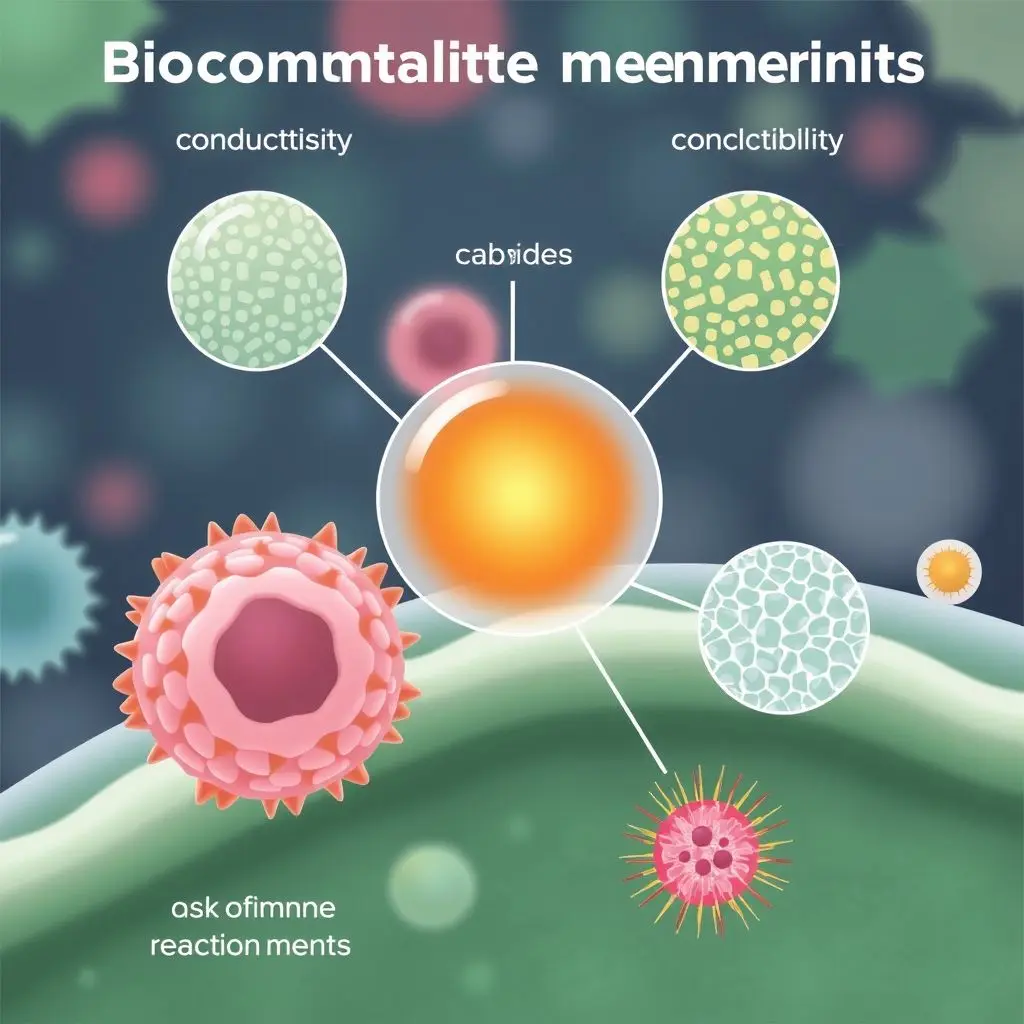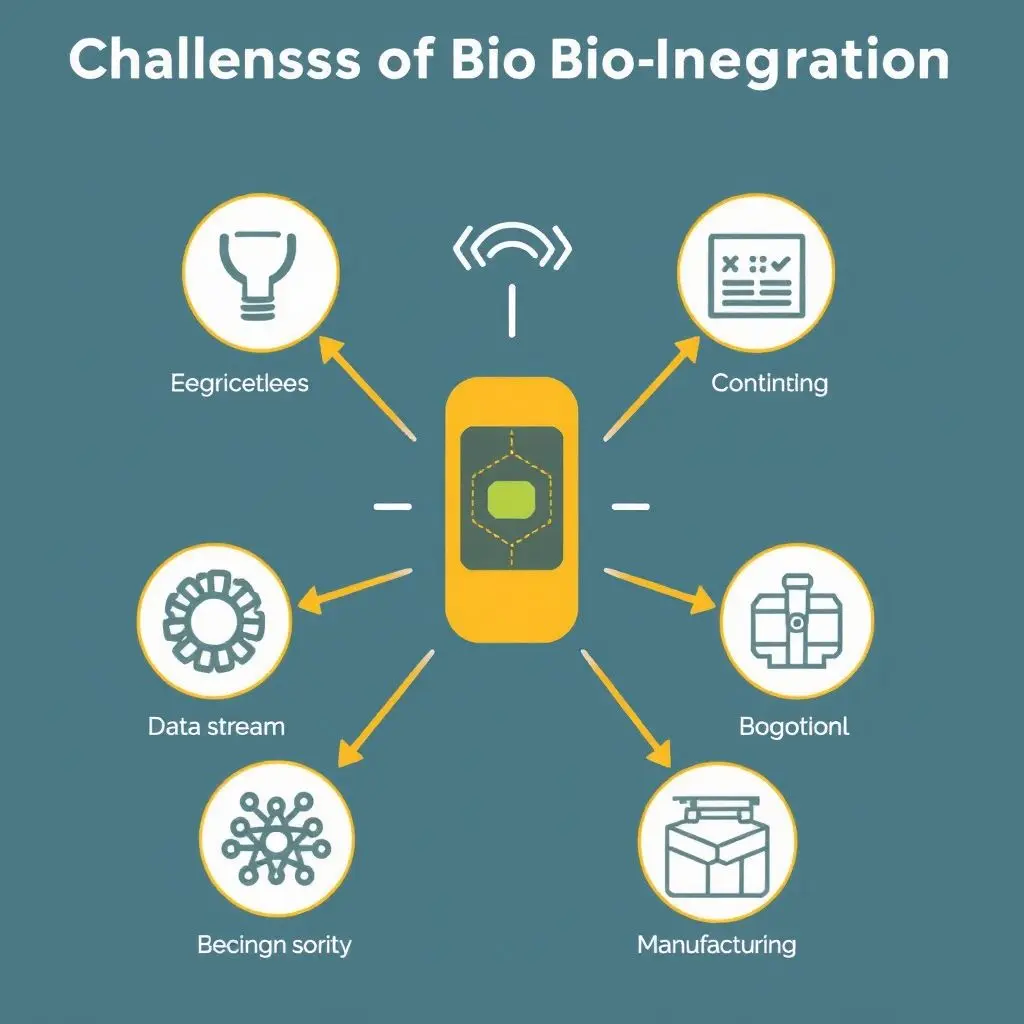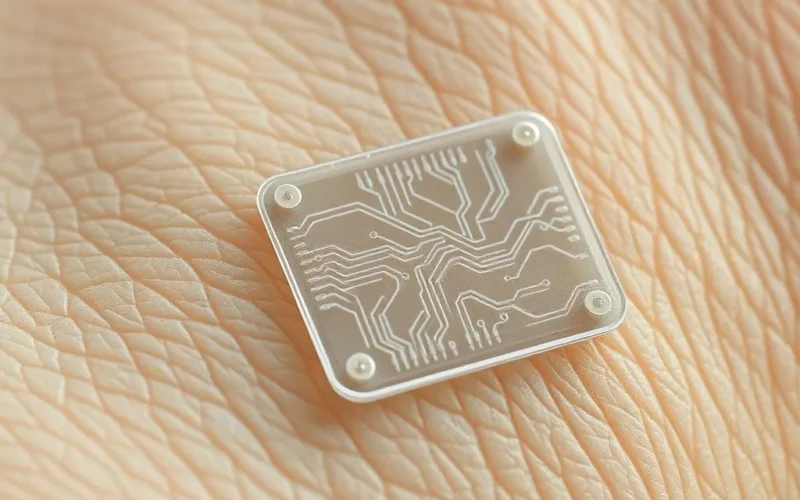Imagine a world where technology doesn’t sit *on* you, but lives *with* you. Where the lines between biology and electronics blur, creating devices that seamlessly interact with your body’s intricate systems. This isn’t science fiction anymore; it’s the rapidly evolving field of Bio-Integrated Electronics, and it’s set to redefine our relationship with technology and health.
Forget the clunky gadgets of yesterday. We’re talking about ultra-thin, flexible, even stretchable electronic components designed to conform to the dynamic, soft environment of human tissue. Whether it’s a sensor woven into a temporary tattoo for continuous health monitoring or a microscopic device working silently inside you for targeted therapy or diagnosis, Bio-Integrated Electronics represents a fundamental shift.
It’s the ultimate fusion of cutting-edge sensing capabilities, advanced material science, and the profound complexity of human biology. This convergence is unlocking previously unthinkable possibilities, from detecting diseases with unprecedented accuracy at their earliest stages to potentially enhancing human capabilities in ways we are only beginning to understand.
If this mind-bending glimpse into the future has already started blowing your circuit board, then you’re in the right place! To get an even quicker visual blast of what we’re talking about, check out this short video:
Table of Contents
What Exactly Are Bio-Integrated Electronics?
At its core, Bio-Integrated Electronics refers to the design and creation of electronic devices that can intimately interface with biological systems. Unlike traditional rigid electronics built on silicon wafers, these systems are engineered to be soft, flexible, stretchable, and biocompatible.
The key lies in their ability to mimic the mechanical properties of biological tissues, allowing them to bond, conform, and even move with the body without causing discomfort or damage. This contrasts sharply with conventional medical implants or wearable devices that often have rigid interfaces with the body.
Think of it as creating a bridge between the world of electrical signals that power our devices and the electrochemical signals that govern our biological functions, like nerve impulses or cellular communication.

Materials Matter: The Building Blocks of Seamless Integration
Achieving this level of integration requires a whole new palette of materials. Silicon, while the bedrock of modern electronics, is brittle and rigid. Bio-Integrated Electronics relies heavily on materials that are not only electrically functional but also mechanically flexible and biologically inert.
- Flexible Polymers: Materials like PDMS (polydimethylsiloxane) or polyimide provide flexible substrates upon which electronic components can be built.
- Carbon Nanomaterials: Graphene, carbon nanotubes, and other carbon structures offer excellent conductivity and flexibility.
- Organic Semiconductors: These materials can be processed at lower temperatures and offer inherent flexibility, making them suitable for integration on flexible substrates.
- Ultra-thin Inorganic Materials: Even traditional materials like silicon can be made flexible when processed into extremely thin membranes (nanomembranes).
- Conductive Hydrogels: Gel-like materials that can conduct electricity and are highly compatible with wet biological environments.
These materials are often combined in sophisticated architectures that allow the devices to stretch, bend, and twist much like skin or organs, ensuring stable and long-term contact with the biological interface.

How They Work: The Bio-Electronic Interface
The magic happens at the interface between the electronic device and the biological system. This interface must be able to effectively translate biological signals into electrical ones (for sensing) or electrical signals into biological responses (for stimulation).
- Sensing: Bio-integrated sensors can detect a vast range of biological signals. This includes electrical activity (like ECG or EEG), chemical changes (pH, glucose levels, specific biomarkers in sweat or interstitial fluid), mechanical deformation (pressure, strain), or even optical signals. The design ensures minimal disruption to the biological system while maximizing signal fidelity.
- Stimulation: These devices can also deliver precise electrical or chemical stimuli to biological tissues. Examples include nerve stimulation for pain management, electrical signals to promote wound healing, or targeted drug delivery triggered by electronic signals.
The key is developing electrodes and contact points that are gentle, stable, and efficient in interacting with cells, tissues, or biological fluids over extended periods.
Applications Across the Spectrum: Health, Wellness, and Beyond
The potential applications of Bio-Integrated Electronics are vast and transformative, particularly in healthcare.
Advanced Health Monitoring & Diagnostics
Forget bulky hospital equipment. Imagine:
- Skin-like Sensors: Ultra-thin patches that adhere to the skin to continuously and accurately measure vital signs, hydration levels, temperature, and even detect biomarkers in sweat, providing real-time insights into a patient’s health status without needing bulky straps or electrodes.
- Internal Diagnostics: Tiny ingestible or implantable sensors that can monitor conditions within the body, such as gut health, pressure within organs, or detect the presence of specific pathogens or cancer cells early on.

Therapeutic Interventions
Bio-integrated devices are paving the way for more targeted and effective therapies:
- Neuromodulation: Flexible electrodes that can be implanted near nerves or in the brain to treat conditions like Parkinson’s disease, epilepsy, chronic pain, or even potentially restore functions lost due to spinal cord injuries.
- Targeted Drug Delivery: Micro-reservoirs on implantable devices that can release drugs precisely where and when needed, reducing side effects and increasing efficacy.
- Prosthetics Control: Seamless interfaces with peripheral nerves or muscle tissue to allow for more intuitive control of advanced prosthetic limbs.
Human Augmentation (Future Possibilities)
While largely speculative, the ability to intimately interface electronics with the nervous system opens doors to potential human augmentation, such as enhanced sensory perception or improved cognitive function, though significant ethical and technological hurdles remain.
Challenges and The Road Ahead
Despite the incredible promise, the path to widespread bio-integration is not without its obstacles:
- Biocompatibility and Stability: Ensuring devices don’t cause immune reactions or degrade within the body over long periods is paramount. Materials must be inert and the body’s reaction to chronic implantation needs careful management.
- Powering the Devices: Delivering power to implanted or deeply integrated devices without wires is a major challenge. Research is ongoing into wireless power transfer, energy harvesting from the body (like movement or glucose), and tiny, long-lasting batteries.
- Data Processing and Communication: These devices generate vast amounts of data. Securely and efficiently transmitting this data out of the body and processing it in a meaningful way requires advanced computational power and wireless communication methods.
- Manufacturing and Cost: Scaling up the production of these complex, high-precision flexible and biocompatible electronics is currently expensive and challenging.
- Ethical and Regulatory Hurdles: As technology gets closer to the body, questions around data privacy, security, access, and the ethics of augmenting human capabilities become increasingly important and require careful consideration and regulation.

The Future is Interwoven with Life
Bio-Integrated Electronics is more than just another technological advancement; it represents a fundamental paradigm shift in how we think about the interaction between humans and machines. It’s moving towards a future where technology isn’t a separate tool we use, but an integral part of our being, working in concert with our biology to enhance health, restore function, and unlock new potentials.
The journey is long and filled with fascinating scientific and engineering challenges, but the destination – a future where technology doesn’t just connect *to* you, but truly connects *with* you – is undeniably exciting.
Frequently Asked Questions (FAQs)
Q: How are Bio-Integrated Electronics different from regular wearables?
A: While regular wearables like smartwatches sit on the skin, bio-integrated electronics are designed to intimately conform to or integrate within biological tissues, offering more accurate, continuous, and often invasive (in a therapeutic way) data collection and interaction.
Q: Are Bio-Integrated Electronics safe?
A: Safety is a primary concern. Devices are rigorously tested for biocompatibility to ensure they don’t provoke adverse immune responses or release toxic substances. Research focuses on materials that are stable and inert within the body. However, like any medical technology, risks and benefits must be carefully weighed.
Q: How are these devices powered?
A: Powering methods vary. Some external patches might use thin batteries. Implanted devices often rely on wireless power transfer (like inductive charging), or research is exploring energy harvesting from the body’s own processes (e.g., movement, heat, chemical reactions).
Q: Can these devices be removed?
A: This depends on the specific device and its application. Some skin-like patches are temporary. Implantable devices are typically designed for long-term use, but removal is often possible through surgical procedures if necessary.
Q: What are the biggest hurdles right now?
A: Key hurdles include ensuring long-term biocompatibility and stability in the body, developing reliable and efficient wireless power solutions, handling the vast amount of data generated, reducing manufacturing costs, and navigating complex ethical and regulatory landscapes.





